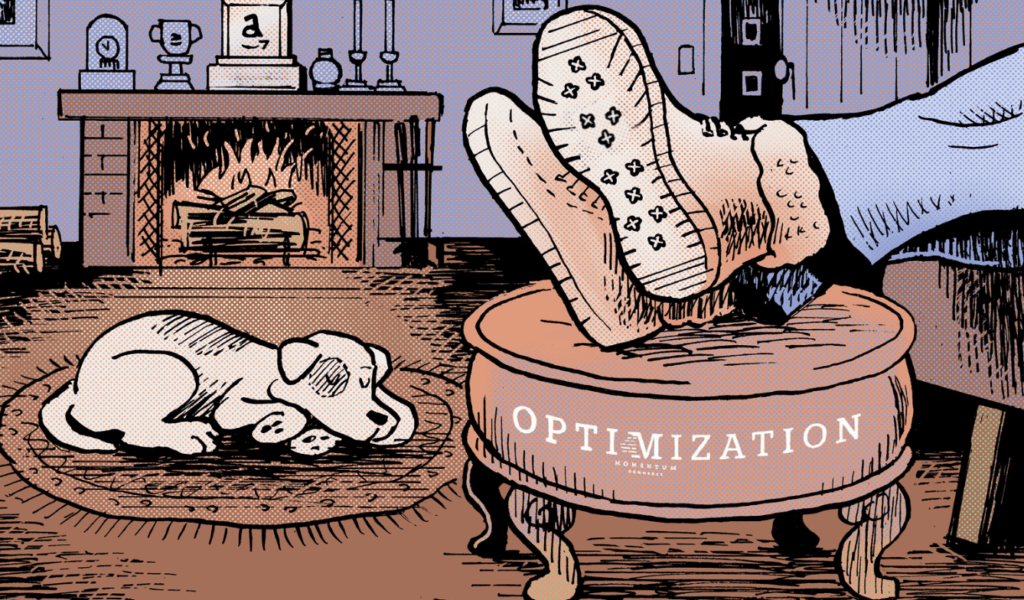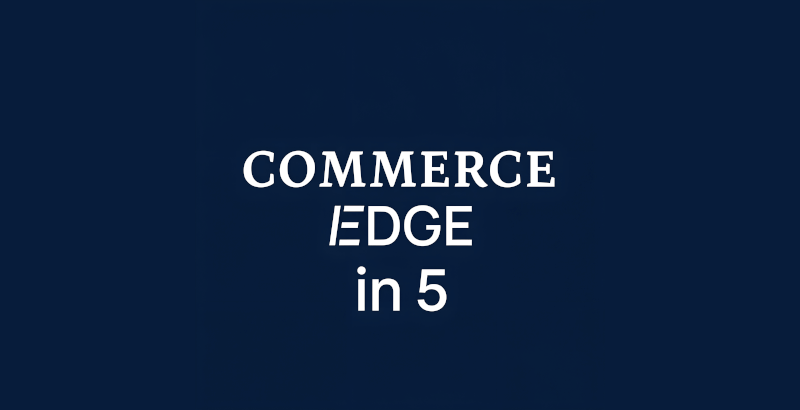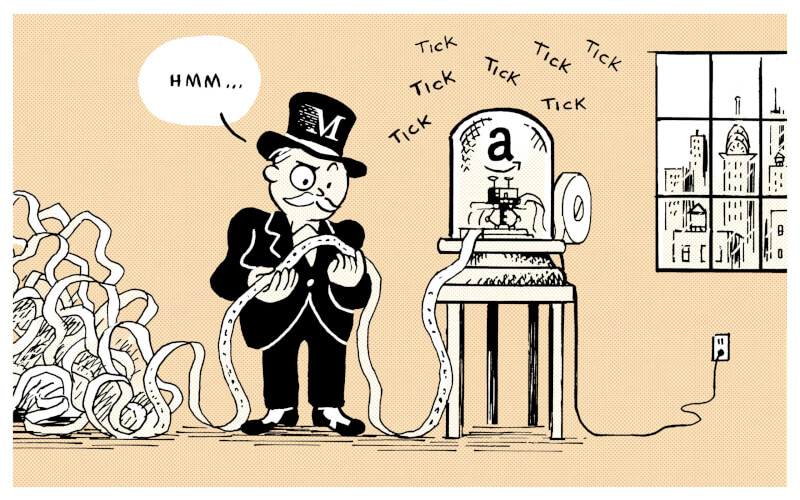
Using CAC and LTV as a Way to Stop Leaking Margin on Amazon
For some 1P brands on Amazon, the math doesn’t add up. They recognize breakeven based on ACOS goals but never actually turn a profit. One consumables brand discovered this truth the hard way when their newly appointed CMO asked a disarmingly simple question: “If we’re not profitable until the second or third purchase, then why are we judging success on the first?”
The answer revealed three critical blind spots that were bleeding margin:
- First, Subscribe & Save revenue was creating an optical illusion. More than one-third of their sales came through S&S subscriptions, which flattered their TACOS metrics. But S&S was quietly eroding actual margin. The recurring nature of these orders made efficiency appear stronger than it was.
- Second, their internal teams were speaking different languages. Finance tracked wholesale margins while advertising teams optimized against retail sales prices. This fundamental disconnect meant no one had a clear view of true profitability per customer acquired.
- Third, their advertising budgets chased volume rather than value. Without customer acquisition cost guardrails tied to lifetime value, spend flowed toward immediate sales. It didn’t matter whether those customers would ever become profitable.
Rebuilding the Foundation
The finance team took the lead in reconstructing the foundations of the Amazon business. They recalculated customer acquisition costs using retail revenue against adjusted wholesale margins. They established a three month payback period as their north star.
The technical infrastructure required an overhaul too. Amazon Marketing Cloud’s Flexible Shopping Insights began feeding every retail order into their Velocity dashboard. Both paid and organic orders were included. This created real time visibility into CAC-to-LTV ratios by customer cohort, something they’d never had before.
For their pilot test, they deployed precise AMC audience modifiers. Bids increased only for shoppers with no prior brand purchases. Existing customers faced bid caps at 50% of normal levels to protect efficiency on loyalty-driven purchases.
The Results
By week four, their pilot SKU was beating its CAC target by 25%. Repeat-purchase rates held steady. The data proved that smarter targeting, not higher spend, was the key to profitable growth.
Week six brought another breakthrough. AMC data revealed that their traditional deep discounting strategy was destroying margin without meaningfully improving customer retention. Coupons running 25-35% weren’t helping retention. Leadership approved slimmer 15-20% promotions, preserving margin while maintaining conversion rates.
The transformation was complete by week twelve. With CAC-to-LTV scorecards providing continuous guidance, their Amazon P&L matched all of 2024’s operating profit after just 90 days of operating under new CAC-to-LTV goals. They achieved this without spending a single incremental media dollar.
Building on Success
The team has now expanded their refined approach across three key areas.
- Category level CAC targets and retention modifiers are rolling out to under penetrated product lines.
- They’re testing longer payback windows for high retention customer cohorts surfaced by AMC data, with eight to twelve months appearing optimal.
- They’re implementing Subscribe & Save ID tracking to cleanly separate acquisition spend from loyalty investment.
On Amazon, the brands that succeed will confront inconvenient truths about their unit economics. And they will do so by rebuilding their measurement foundation accordingly. In 90 days, this particular shift was strategic enough to match the entire operating profit from the previous year.
Ready to audit your own CAC-to-LTV gaps? Schedule a call to discuss how we can help create a clearer dashboard for your Amazon success.





